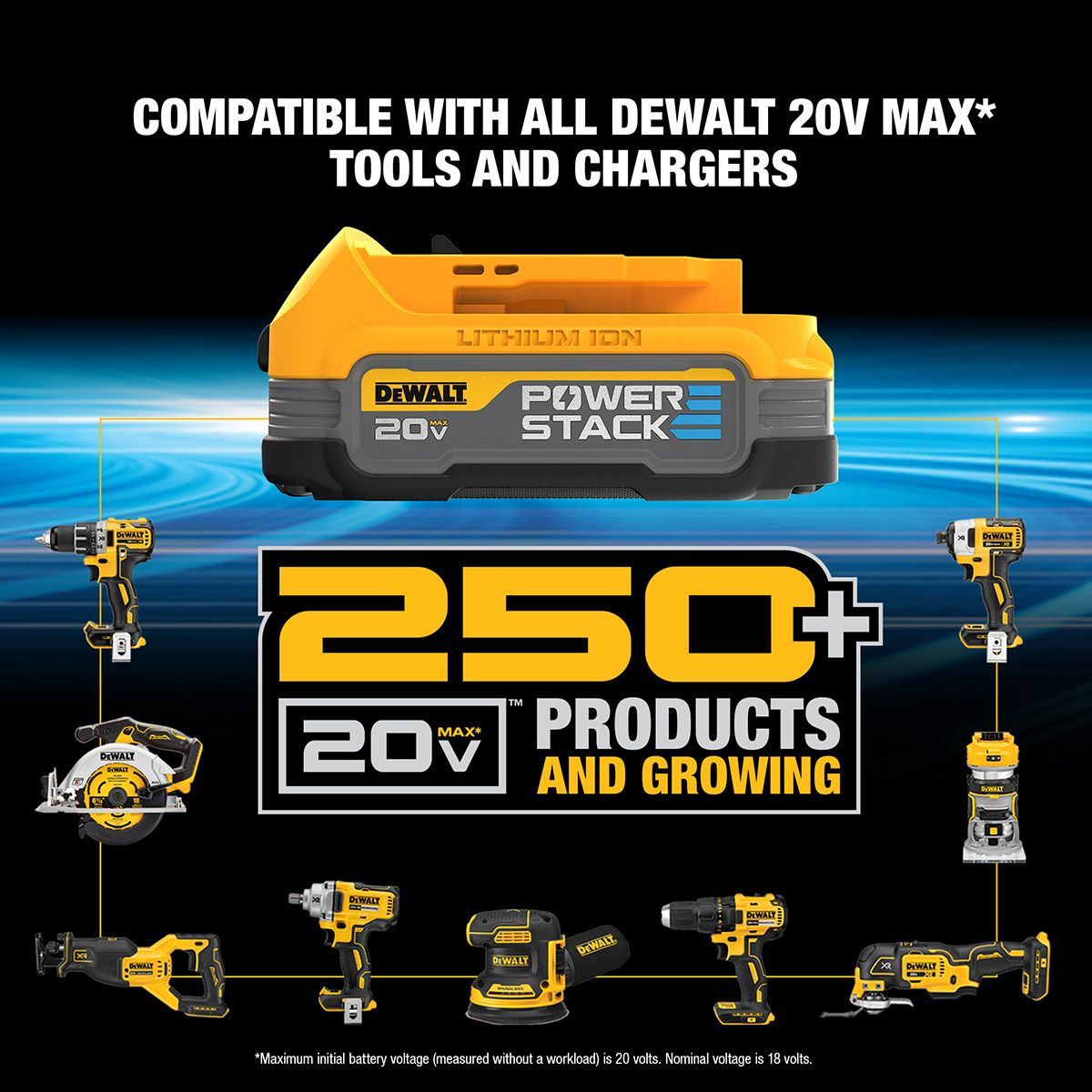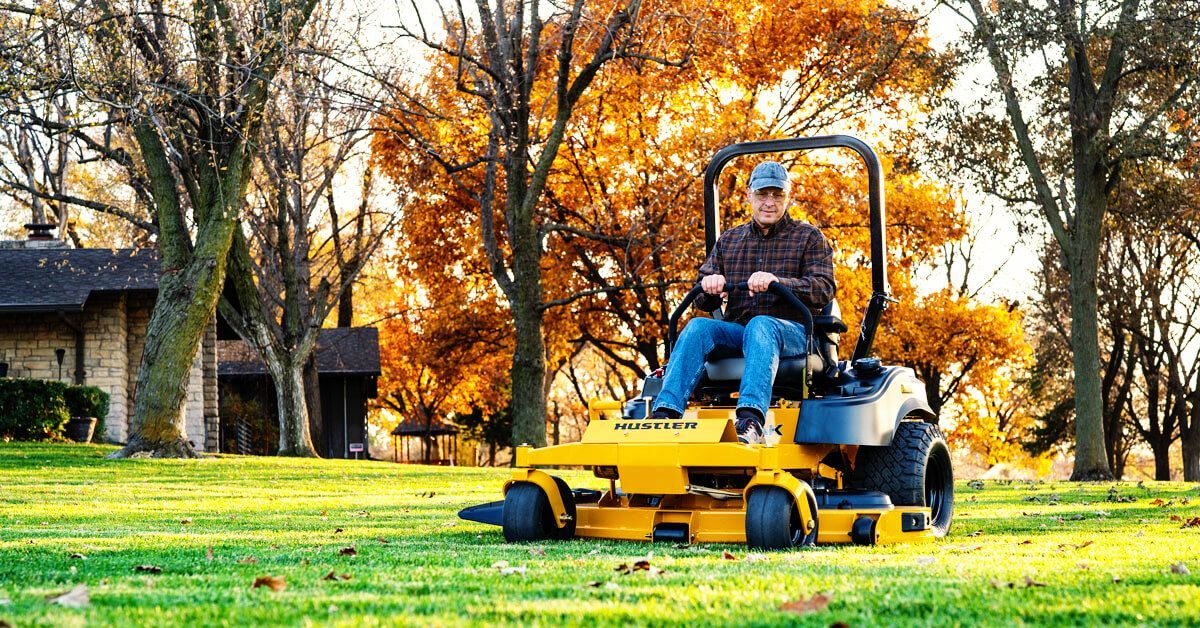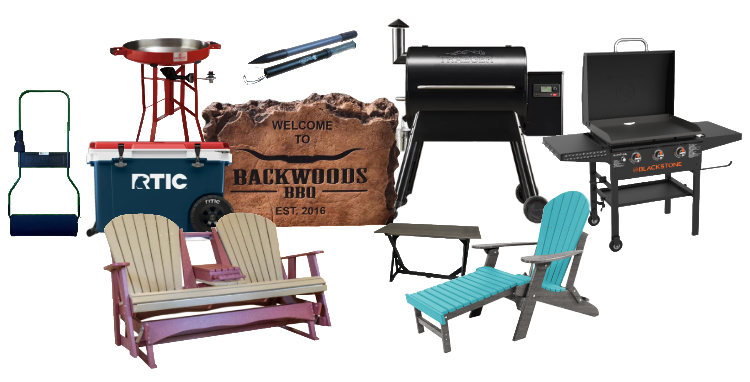🔋 How to Extend the Life of Your Power Tool Batteries
Whether you're a professional tradesperson relying on tools day in and day out or a weekend DIYer, taking care of your power tool batteries is essential to getting the most out of your investment. Letting them sit in the heat, overcharging, or using off-brand batteries might be silently killing their performance—and your productivity.
At M&D Enterprises, we’re all about helping you get more value from your tools. Here’s how to store, maintain, and use your batteries to keep them running strong for years.
1️⃣ Use the Right Battery & Charger System
2️⃣ Avoid Extreme Temperatures
Batteries and
Oklahoma summers don’t mix well. Lithium-ion batteries can suffer
permanent damage over 175°F, which can happen in a hot truck bed or toolbox.
Best practices for temperature control:
- Store indoors, ideally around
59°F
- Avoid direct sunlight on the jobsite
- Don’t leave batteries in cars or garages during extreme cold or heat
🔥 According to the University of Michigan, elevated temps can degrade every component in a battery and even cause explosions. Keeping them cool is not just smart—it’s safer.
3️⃣ Store Batteries Safely and Correctly
Tossing your
power tools into a bin might seem convenient, but moisture, dust, and metal shavings can wreck your battery’s electronics.
✅ Store your batteries:
- In a
dry, cool place
- Inside a
case or toolbox with foam padding or holders
- Away from
metal objects like screws, coins, or keys
💡 Also consider investing in a
tool
storage solution that includes sealed drawers or cabinets for maximum protection.
4️⃣ Use Your Tools Regularly
Even the best batteries will degrade if they sit unused for too long. Most
lithium-ion batteries have a low self-discharge rate, but
NiCd batteries can lose significant charge in just 3 days.
🔁 Rotate your batteries often and avoid letting them sit idle for months at a time.
🚀 Pro Tip: Keep a
spare battery charged and ready, so you never hit a dead stop during a job.
5️⃣ Protect Batteries from Water & Metal
Construction sites are messy. Rain, mud, metal shavings, and random hardware are common—but they're all dangerous to your battery’s circuitry.
💦 Here’s what you can do:
- Use
weather-sealed battery packs when working outdoors
- Store batteries
off the ground in waterproof cases
- Never let them come in contact with metal hardware, which can short the terminals
❓ Battery FAQs
What is “memory effect” and how does it impact charging?
Memory effect happens when older NiCd or NiMH batteries are recharged without being fully drained. Over time, they "remember" the partial charge and reduce their capacity.
🧠 Solution: Always fully discharge NiCd/NiMH batteries before recharging. Lithium-ion batteries don’t have this issue—just charge them after each use.
Can I leave my battery on the charger?
⛔ In most cases,
no—especially with older
tools. Overcharging can increase wear and reduce lifespan. Some newer chargers offer
auto shutoff features, but check your manual to be sure.
✅ If your charger
does support safe storage, you’re good. If not,
disconnect and store separately after each charge.
Can I recondition old or dead power tool batteries?
Yes—especially older
NiCd or NiMH models that have developed memory effect or crystal buildup. Try this:
- Fully charge the battery
- Run your tool until it stops
- Recharge to full again
⚠️ Do this only occasionally, and
not with lithium-ion batteries. For those, consider professional services or a replacement.
How long do lithium-ion batteries last?
Most
Li-ion batteries last 2–3 years or 300–500 full charge cycles. Proper storage and usage will help maximize this lifespan.
📆 Tip: Label your batteries with their first-use date so you can keep track of age.
✅ Wrap-Up: Keep Your
Power Tool Batteries Alive Longer
Battery problems are one of the most common issues we hear from customers. But they’re also
one of the easiest to prevent.
By:
- Using
quality batteries and chargers
- Keeping them cool and dry
- Avoiding overcharging
- Using
tools regularly
- Protecting from elements
You’ll get
longer life, better performance, and more jobsite efficiency.















